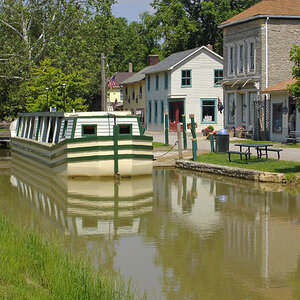alarionov
TPF Noob!
- Joined
- Jan 11, 2009
- Messages
- 292
- Reaction score
- 0
- Location
- Beaverton Oregon
- Website
- www.flickr.com
- Can others edit my Photos
- Photos OK to edit
see the weird lines in the sky area? Why does this happen. I am using photoshop elements, desat, some blur, and some brown.







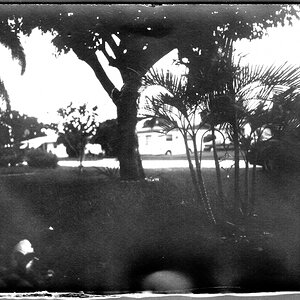
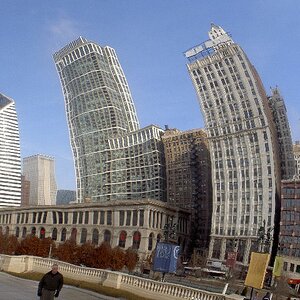
![[No title]](/data/xfmg/thumbnail/39/39291-a89dc472765e04f66f617dd9acc8030d.jpg?1619738958)


![[No title]](/data/xfmg/thumbnail/37/37528-9e874fc2fc9aad7c13c894c1439dcc10.jpg?1619738130)
![[No title]](/data/xfmg/thumbnail/39/39290-dfb3e819bd94a7f30797638ae1ae27cf.jpg?1619738958)
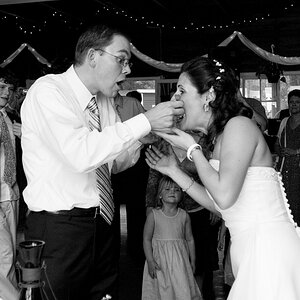

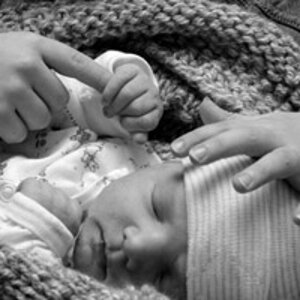
![[No title]](/data/xfmg/thumbnail/37/37526-bc41ead4d3f2330d3e37da95abf9132e.jpg?1619738130)
